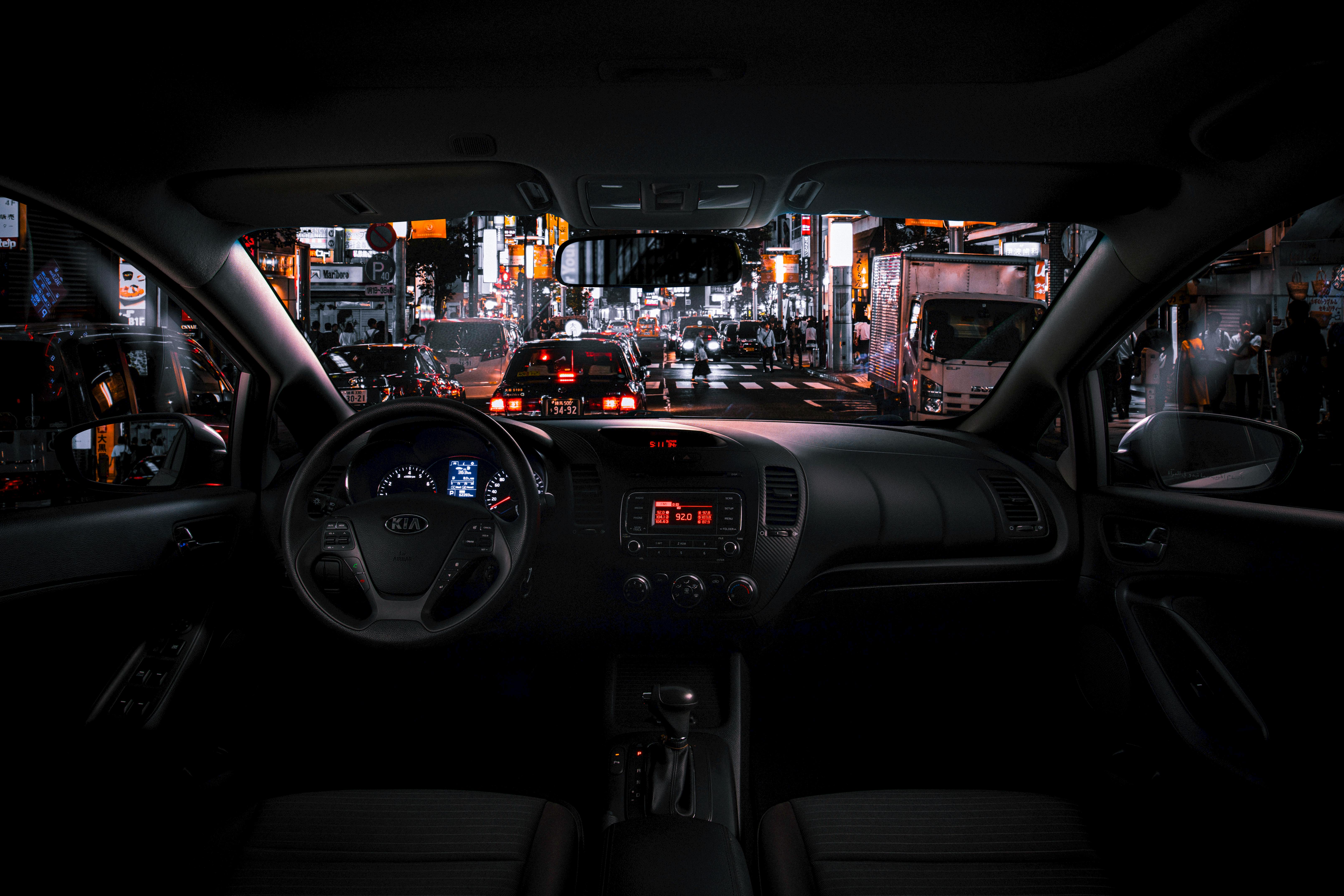With the continuous advancement of technology, dashcams have become an indispensable part of modern vehicles, offering crucial safety and management features. Beyond their traditional video recording capabilities, modern dashcams now boast a range of new functionalities, enhancing driving safety, experience, and vehicle management. This article will delve into these advanced functions, detailing their practical applications and value.
1. Real-time Remote Monitoring
Modern dashcams equipped with Wi-Fi or Bluetooth connectivity allow for real-time remote monitoring. Vehicle owners can use smartphone apps or computer web interfaces to view live footage of their surroundings. This feature not only enhances vehicle security by allowing owners to monitor their vehicles’ status remotely but also enables them to survey the surrounding environment, such as assessing parking lot safety or detecting suspicious activity, thereby improving overall safety.
2. Real-time Event Alerts
Some advanced dashcams feature G-sensors and intelligent algorithms that monitor the vehicle’s acceleration, steering, and braking in real-time. In the event of a collision or other unexpected incidents, the dashcam triggers an alert, records the event, and notifies the owner immediately. This real-time event alert functionality helps drivers promptly identify and respond to emergencies, reducing the likelihood of accidents.
3. GPS Tracking and Location Services
Modern dashcams often incorporate GPS modules to record the vehicle’s travel trajectory, synchronizing it with video recordings. Owners can use smartphone apps or computer software to review their vehicle’s travel route and real-time location. This feature not only helps owners track their vehicle’s movements and stops but also provides crucial information in the event of theft or loss, aiding in vehicle recovery efforts.
标题:Exploring Advanced Functions of Dashcams
With the continuous advancement of technology, dashcams have become an indispensable part of modern vehicles, offering crucial safety and management features. Beyond their traditional video recording capabilities, modern dashcams now boast a range of new functionalities, enhancing driving safety, experience, and vehicle management. This article will delve into these advanced functions, detailing their practical applications and value.
1. Real-time Remote Monitoring
Modern dashcams equipped with Wi-Fi or Bluetooth connectivity allow for real-time remote monitoring. Vehicle owners can use smartphone apps or computer web interfaces to view live footage of their surroundings. This feature not only enhances vehicle security by allowing owners to monitor their vehicles’ status remotely but also enables them to survey the surrounding environment, such as assessing parking lot safety or detecting suspicious activity, thereby improving overall safety.
2. Real-time Event Alerts
Some advanced dashcams feature G-sensors and intelligent algorithms that monitor the vehicle’s acceleration, steering, and braking in real-time. In the event of a collision or other unexpected incidents, the dashcam triggers an alert, records the event, and notifies the owner immediately. This real-time event alert functionality helps drivers promptly identify and respond to emergencies, reducing the likelihood of accidents.
3. GPS Tracking and Location Services
Modern dashcams often incorporate GPS modules to record the vehicle’s travel trajectory, synchronizing it with video recordings. Owners can use smartphone apps or computer software to review their vehicle’s travel route and real-time location. This feature not only helps owners track their vehicle’s movements and stops but also provides crucial information in the event of theft or loss, aiding in vehicle recovery efforts.
4. Voice Interaction and Intelligent Assistants
Some high-end dashcams feature voice interaction and intelligent assistant capabilities. Drivers can control the dashcam’s operations using voice commands, such as starting or stopping video recording or taking photos. Intelligent assistants can also provide navigation, play music, check the weather, and offer other useful services, enhancing the overall driving experience.
5. Data Storage and Sharing
Modern dashcams typically store video recordings and travel data using Micro SD cards or cloud storage. Owners can access and manage this data at any time and share it with others via social media or email. This not only facilitates data management but also provides evidence to address traffic accidents or disputes.
Certainly, the functionalities of modern dashcams extend far beyond those mentioned above. Here are some additional common features:
- Parking Monitoring and Anti-Theft Alarms: Some dashcams come with parking monitoring capabilities, allowing them to monitor the vehicle while parked and trigger alarms upon detecting unusual activity. This includes monitoring the vehicle’s surroundings, as well as sound or vibration sensors, effectively preventing theft or damage.
- Driving Behavior Analysis and Rating: Advanced dashcams can analyze driving behavior by recording data such as speed, acceleration, and steering angles, and evaluate the driver’s behavior. This feature helps drivers understand their driving habits, enabling them to improve their behavior and enhance safety.
- Lane Departure Warning and Front Collision Warning: Certain dashcams are equipped with lane departure warning and front collision warning features. Using cameras and sensors to monitor the road and surrounding vehicles, they alert the driver when the vehicle deviates from its lane or gets too close to the vehicle in front.
- Dual Recording Mode and Dual Cameras: Some dashcams offer dual recording modes, capturing footage from both the front and inside of the vehicle to ensure comprehensive monitoring. Others feature dual cameras, recording footage from both the front and rear of the vehicle, providing enhanced protection.
- License Plate Recognition and Smart Identification: High-end dashcams feature license plate recognition and smart identification capabilities, automatically identifying vehicle license plate information through cameras and recording it in the video. This functionality facilitates easy access to vehicle travel records and provides evidence when needed.
In conclusion, dashcams continue to innovate and expand their functionalities. The features mentioned above are just a few examples of the many capabilities available. With technology advancing and market demands evolving, dashcams are expected to develop even more features, providing drivers with comprehensive and intelligent driving protection and experiences.
Post time: Mar-05-2024

